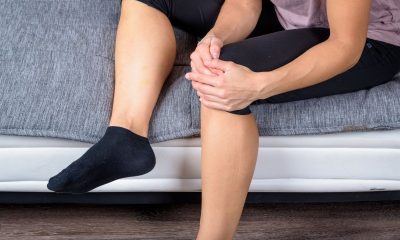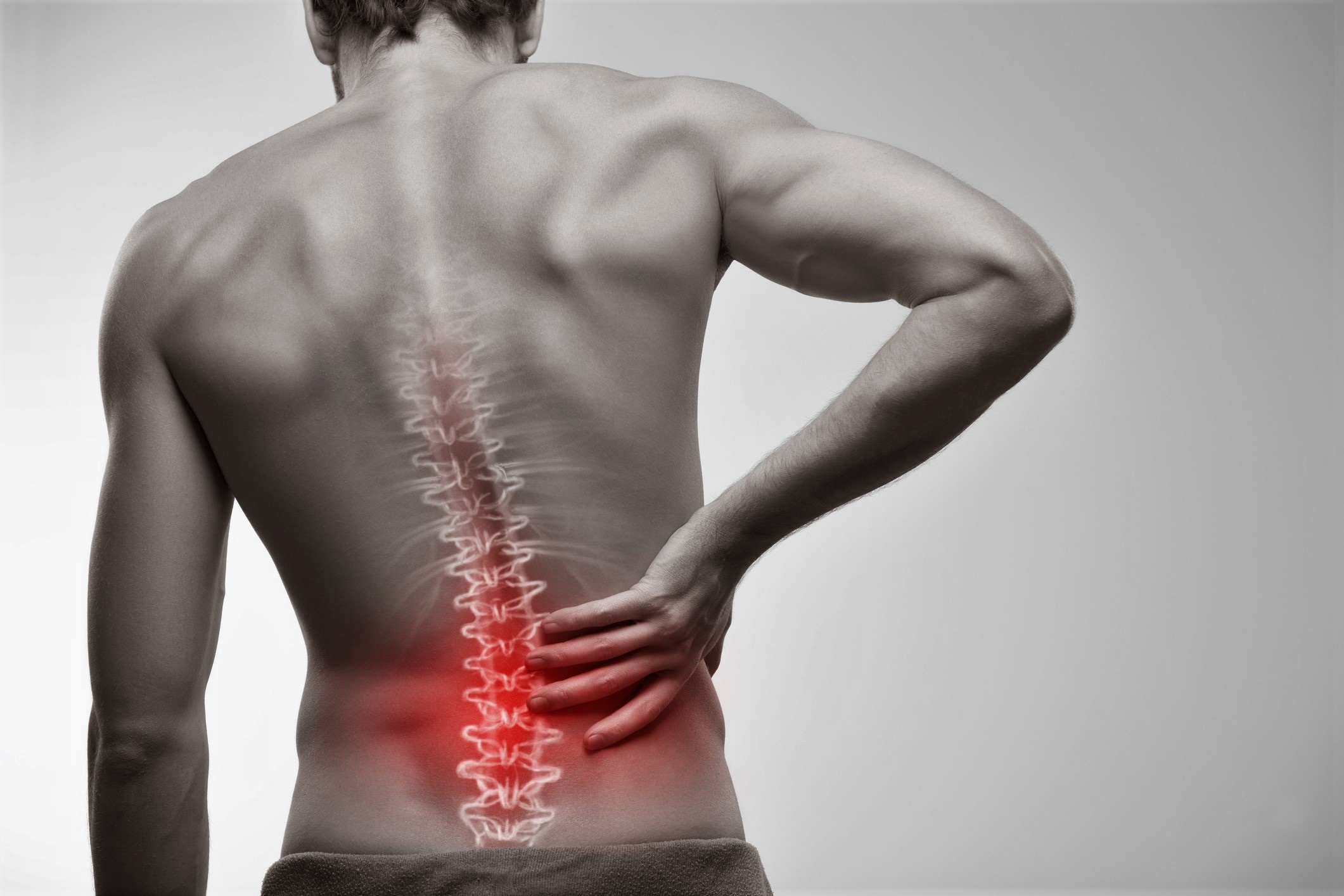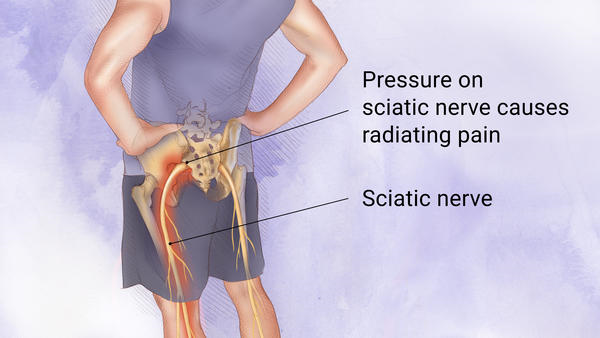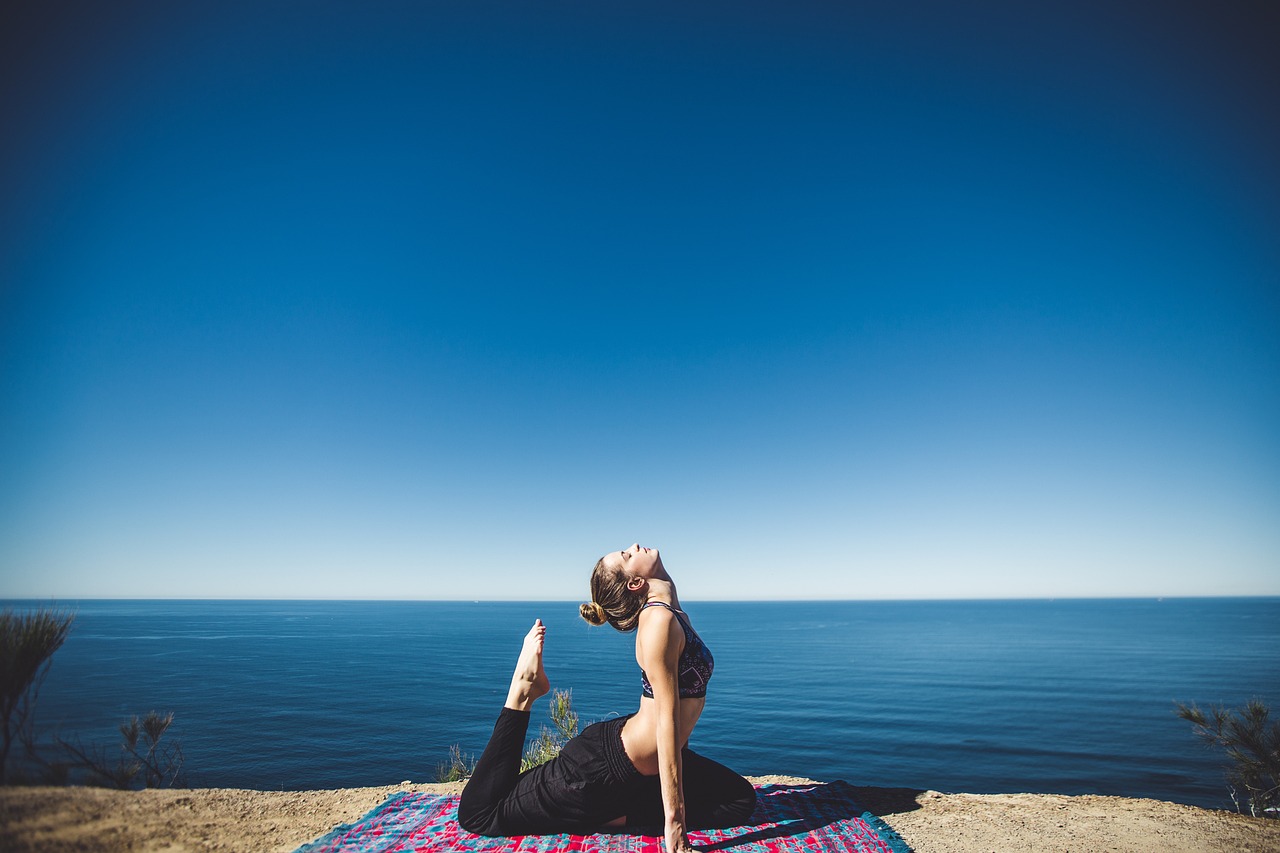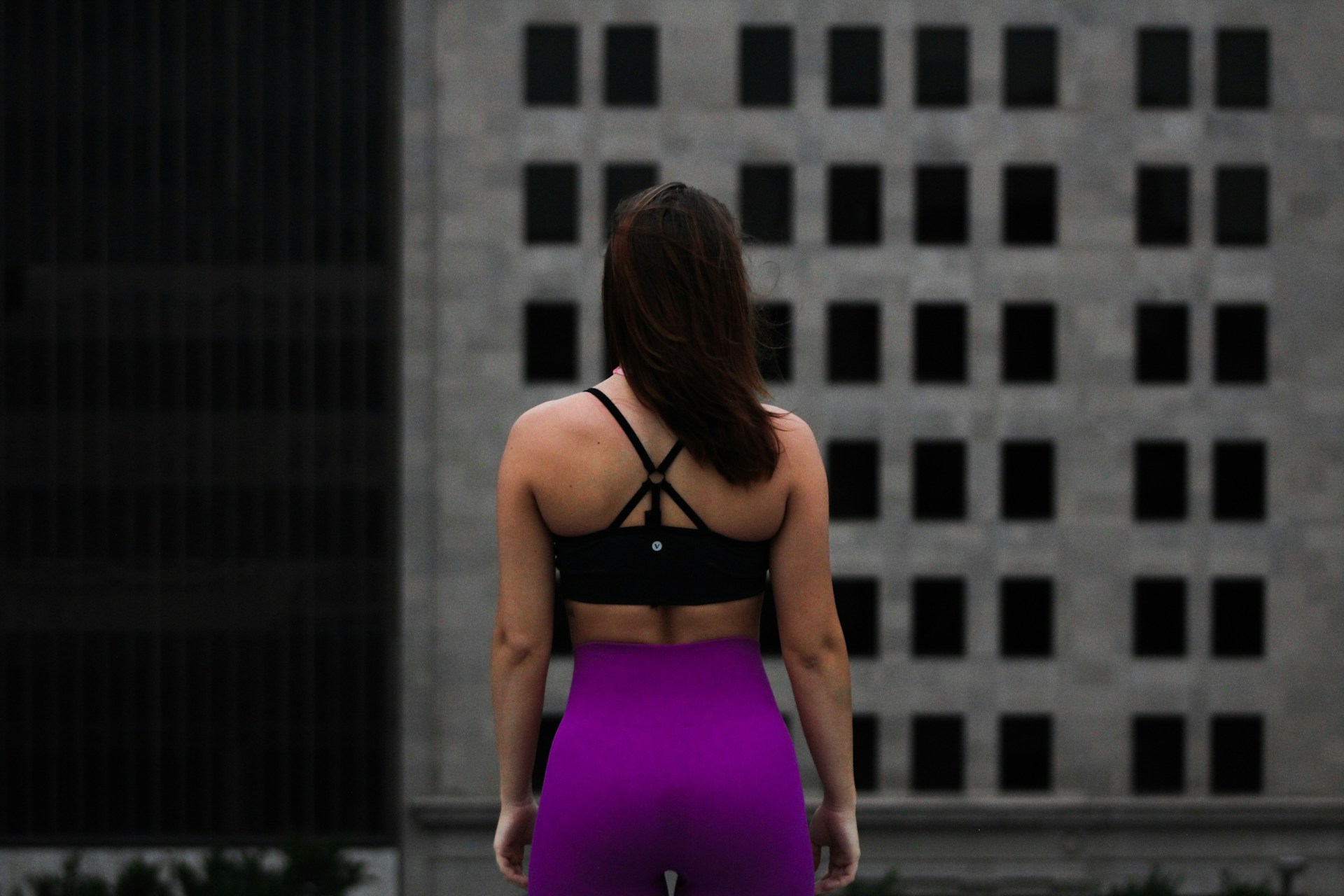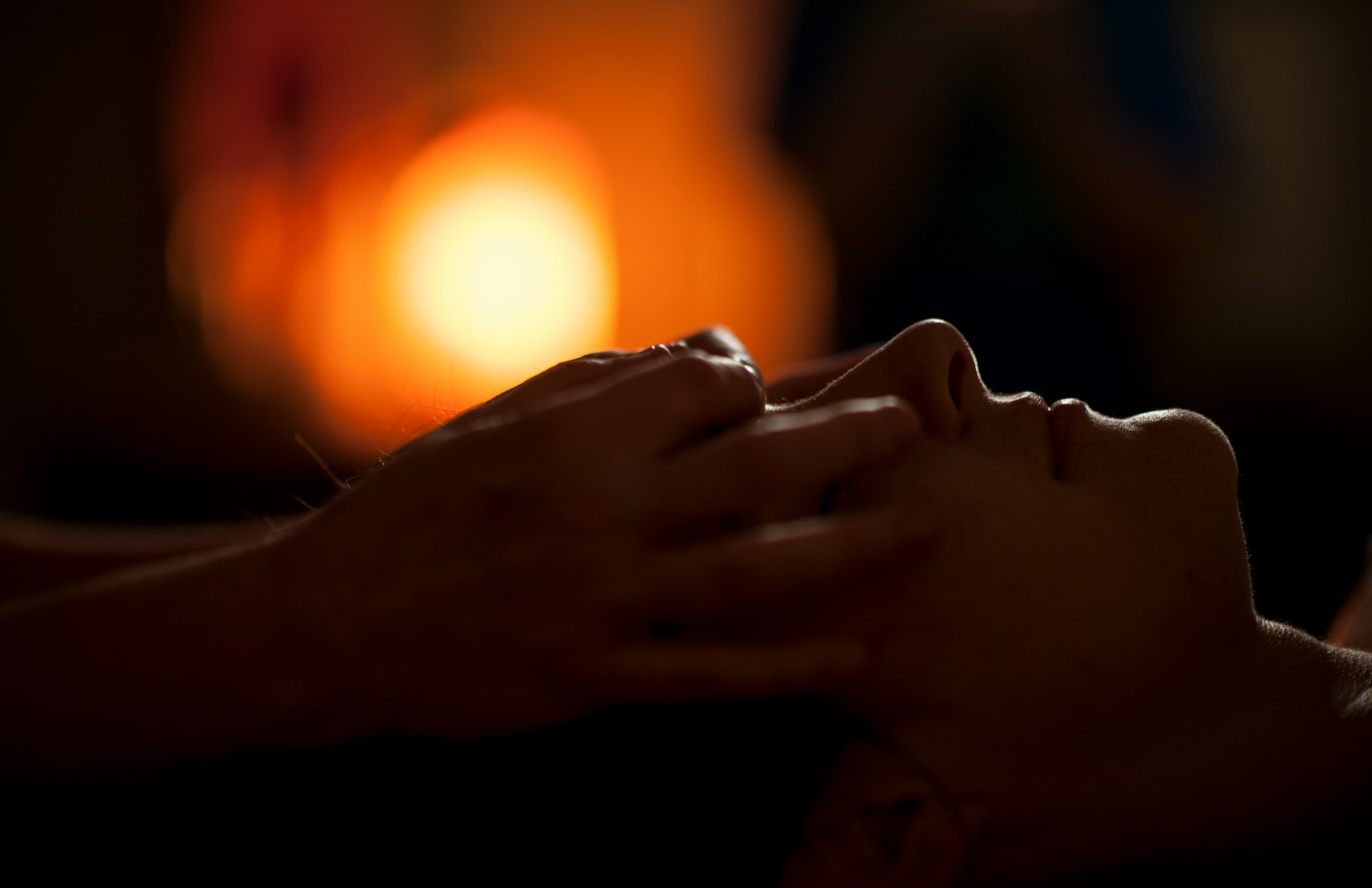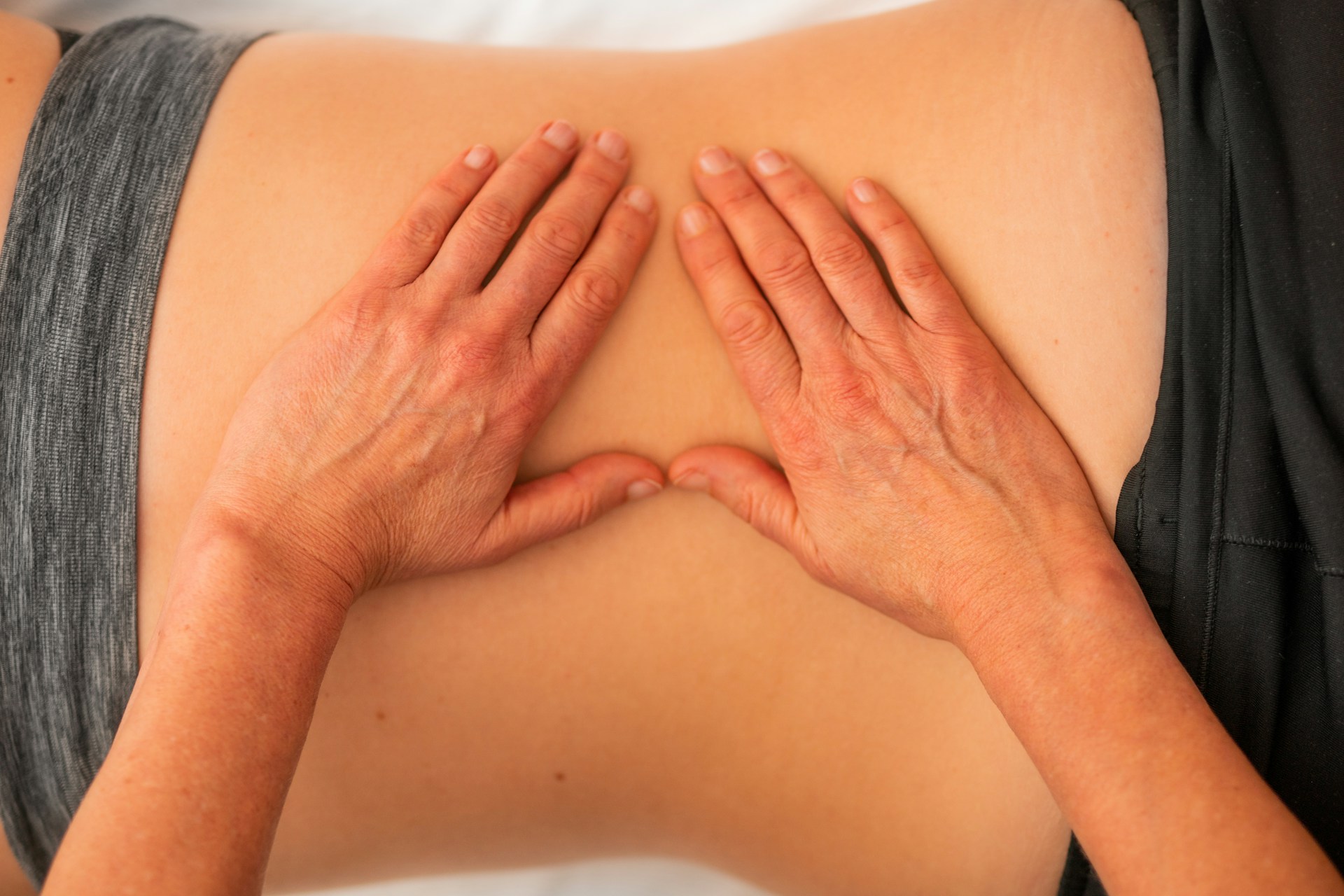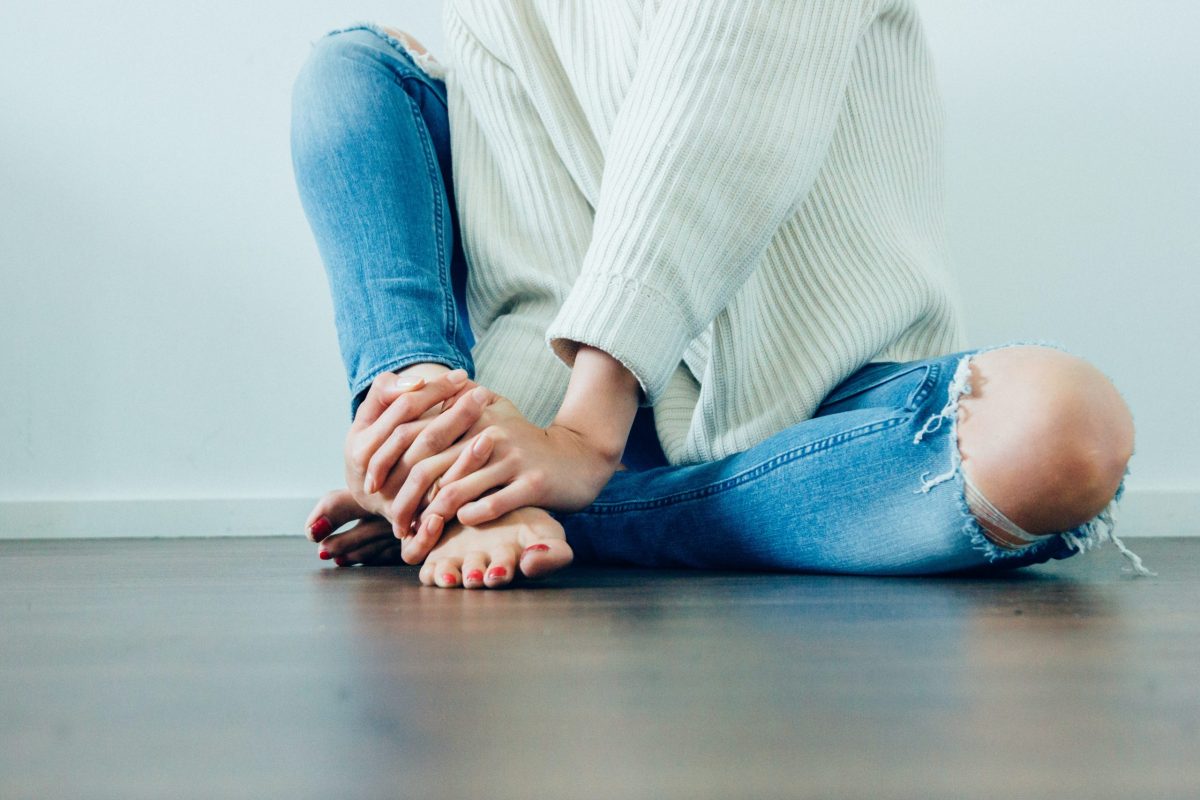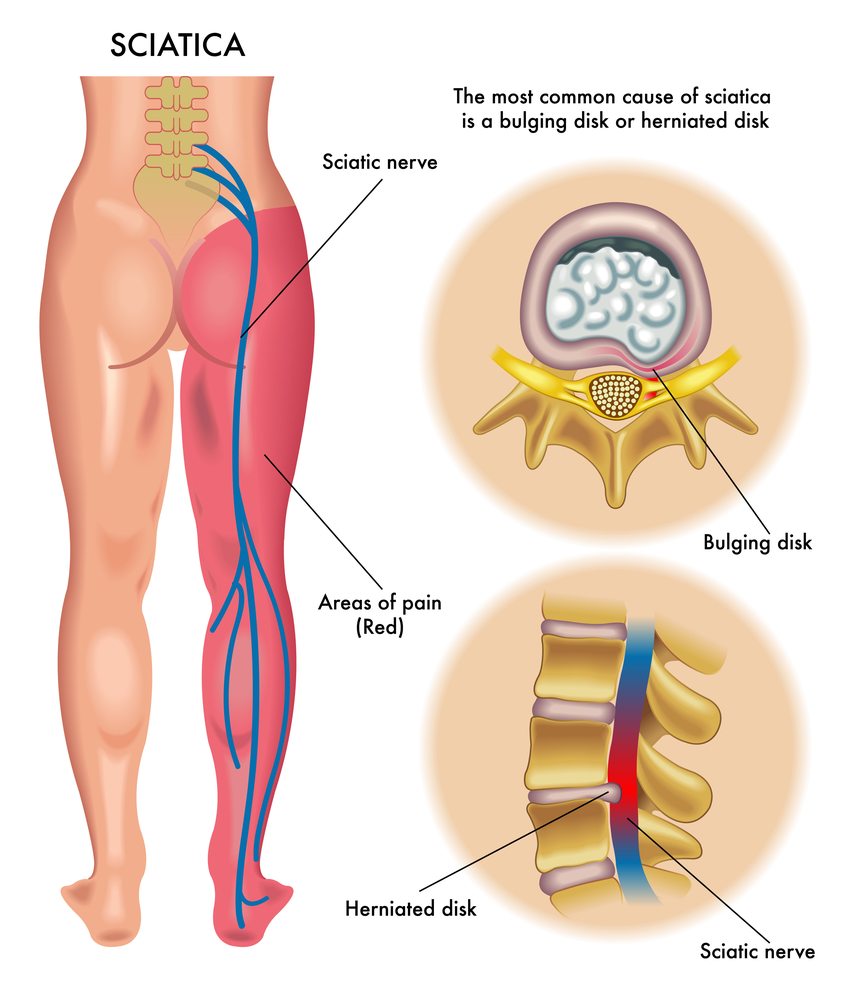Sciatica
What Sciatica Exercises Can I Do in Bed?

Sciatica pain can be debilitating and make it difficult to get through the day. Fortunately, there are several stretches that can help relieve sciatica pain before you even get out of bed each morning. Chiropractic adjustments are an effective way to treat sciatica at its source by identifying and correcting subluxations along the spine.
Read More About What Sciatica Exercises Can I Do in Bed
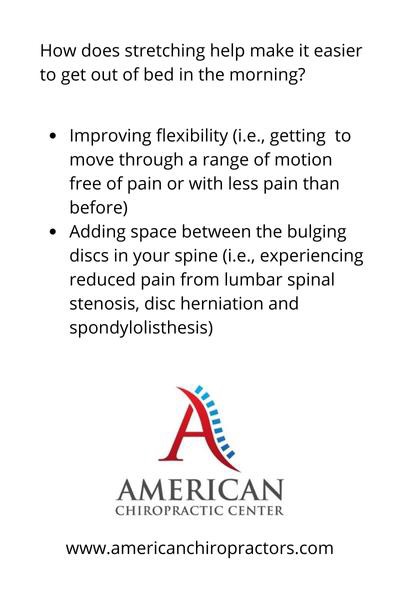
More Things To Know About What Sciatica Exercises Can I Do in Bed
In addition to chiropractic care, these stretches can help reduce sciatica pain and improve mobility.
Exercises You Can Do Without Even Getting Out Of Bed

Herniated discs occur when a bulge in the cushioning between the bones in your spinal column puts pressure on the sciatic nerve. To relieve this pressure, you must create space between the bulging discs in your spine. Bone degeneration is another cause of sciatica pain; irregularities in your vertebrae can pinch the sciatic nerve and lead to burning pain. Stretching helps to reduce this pain by increasing flexibility and range of motion around the affected area. With regular stretching routines tailored to your specific needs, you can manage your sciatica symptoms without ever leaving your bed.
Press Up
The press up is a great exercise to strengthen the chest, shoulders, and arms. It can also help improve posture and core stability. To perform the press up, start by lying on your stomach with your elbows positioned directly below your shoulders and your forearms flat on the bed, parallel to one another.
Then lift your chest and extend through the spine from your tailbone to the top of your neck. Allow your back to arch naturally as you hold for 30 seconds, breathing deeply.
Once you have completed two reps of this exercise, you can move on to the press up extension. This variation adds an extra challenge by requiring you to lift one arm off the ground while keeping the other arm in place.
This will help build strength in both arms and increase stability in the core muscles. Make sure to keep proper form throughout this exercise and focus on engaging all of the muscles involved in order to maximize its effectiveness.
Press Up Extension
The press up extension is a great way to stretch and strengthen your back muscles. It involves lying face down on the bed with your hands flat, next to your shoulders. You then press your palms into the bed to lift your upper body, keeping your hips and pelvis stuck to the bed. This helps you extend the stretch through your spine from your neck to your tailbone.
As you do this, let your back arch and hold for 10 seconds before slowly returning to the starting position. Doing 10 reps for 1 set will help you get the most out of this exercise.
This exercise is beneficial in helping improve posture and reduce lower back pain as it strengthens the muscles in that area. It also helps increase flexibility throughout the entire spine, allowing for a greater range of motion when performing other activities such as lifting weights or playing sports.
Additionally, it can help relieve stress and tension in the neck and shoulders by stretching those areas as well. The press up extension is an easy yet effective way to keep yourself healthy and fit!
Knees to Chest
Knees to chest is a great stretch for those suffering from lower back pain. It helps to reduce tension in the lower back muscles, allowing them to relax and release any built-up stress. To perform this stretch, start by lying on your back and slowly bring your knees up towards your chest.
Allow your low back to round as you do this. Hold the position for 30 seconds before releasing and repeating if necessary. Doing 3 reps of this stretch can help reduce pain in the legs if it is due to muscle tension or tightness.
This stretch can also be beneficial for those who are not experiencing any pain but want to prevent it from occurring in the future. Knees to chest help keep the spine flexible and mobile, which can help reduce the risk of injury or strain when engaging in physical activities such as running or lifting weights.
Additionally, it can help improve posture by strengthening core muscles and improving balance. So whether you’re looking for relief from existing pain or just want to stay healthy, adding knees to chest into your daily routine is a great way to do so!
Posterior Pelvic Tilt
Posterior pelvic tilt is an exercise that helps to strengthen the core muscles and improve posture. It is performed by lying face up on a bed with the knees bent and feet flat on the bed. The abdominals are then drawn in to flatten the lower back into the bed.
This position should be held for 5 seconds before returning to the start position. It is recommended to do 10 reps of this exercise for maximum benefit.
Knee to Opposite Shoulder
Knee to opposite shoulder is an effective exercise for strengthening the core muscles and improving flexibility. It helps to stretch out the hip flexors, which can become tight from sitting for long periods of time. This exercise also helps to improve balance and coordination by engaging both sides of the body.
To perform this exercise, begin by lying on your back with legs extended and feet flexed. Then, lift your right leg, clasp your hands behind your knee, and gently pull your right knee across your body toward your left shoulder.
Hold this position for 30 seconds before releasing and repeating 3 times. After completing 3 reps on one side, switch legs and repeat the same steps on the other side. This exercise should be done slowly and with control in order to get the most benefit from it.
With regular practice, you will soon notice improved strength in your core muscles as well as increased flexibility in your hips.
Figure 4 Stretch
The Figure 4 Stretch is a great way to relieve tension in the hips and lower back. It helps to open up the hip flexors, which can become tight from sitting for long periods of time. To do this stretch, start by lying on your back with bent knees and feet flat on the bed. Cross your right ankle over your left knee so that it forms a “4” shape.
Then, grasp your hands behind your left knee and gently pull your legs toward your chest as you press your right knee away from your chest. Hold this position for 30 seconds before releasing. Do 3 reps before switching legs and repeating the same steps on the other side.
This stretch is an effective way to reduce pain in the hips and lower back while also improving flexibility in those areas. It can be done anytime throughout the day or after a workout to help loosen up tight muscles and improve range of motion.
Additionally, it can be used as part of a warm-up routine prior to physical activity or exercise to prepare the body for movement. The Figure 4 Stretch is an easy but effective way to keep your hips and lower back healthy and limber!
How Many and How Often Should You Exercise?
Exercising is an important part of managing back pain. It can help to strengthen the muscles that support your spine and reduce tension in the area. However, it is important to add exercises into your routine gradually so as not to cause further injury or strain.
What Makes Sciatic Nerve Pain Worse in Bed?
Sciatic nerve pain can be a debilitating condition that can make it difficult to get a good night’s sleep. Unfortunately, for some people with sciatica, their symptoms can worsen when they are in bed. This is because lying down increases the pressure on the irritated nerve, especially if you sleep on a soft mattress that causes your spine to bend while sleeping. This extra pressure can cause the sciatic nerve to become even more inflamed and painful.
In addition to sleeping on a soft mattress, other factors that may contribute to worsening sciatic nerve pain in bed include poor posture while sleeping, staying in one position for too long, or using an uncomfortable pillow.
To help reduce the severity of sciatica symptoms while in bed, it is important to find a mattress that provides adequate support and comfort and use pillows that keep your spine aligned properly. Additionally, taking frequent breaks from lying down and changing positions throughout the night may help alleviate some of the discomfort associated with sciatica.
Now You Can Get Out Of Bed
Getting out of bed in the morning can be a difficult task for those suffering from sciatica. The pain associated with this condition can be so severe that it prevents people from wanting to move at all. Fortunately, there are some stretches that can be done before getting out of bed to help relieve some of the pain and make it easier to get up and start your day.
These stretches should be done slowly and gently, as any sudden movements may cause more pain. If any of these stretches cause more pain, stop immediately and call a specialist for an appointment.
Doing these stretches each morning will help reduce the severity of the symptoms and allow you to get out of bed with less difficulty. With regular practice, you’ll soon find yourself feeling better and ready to take on the day!

